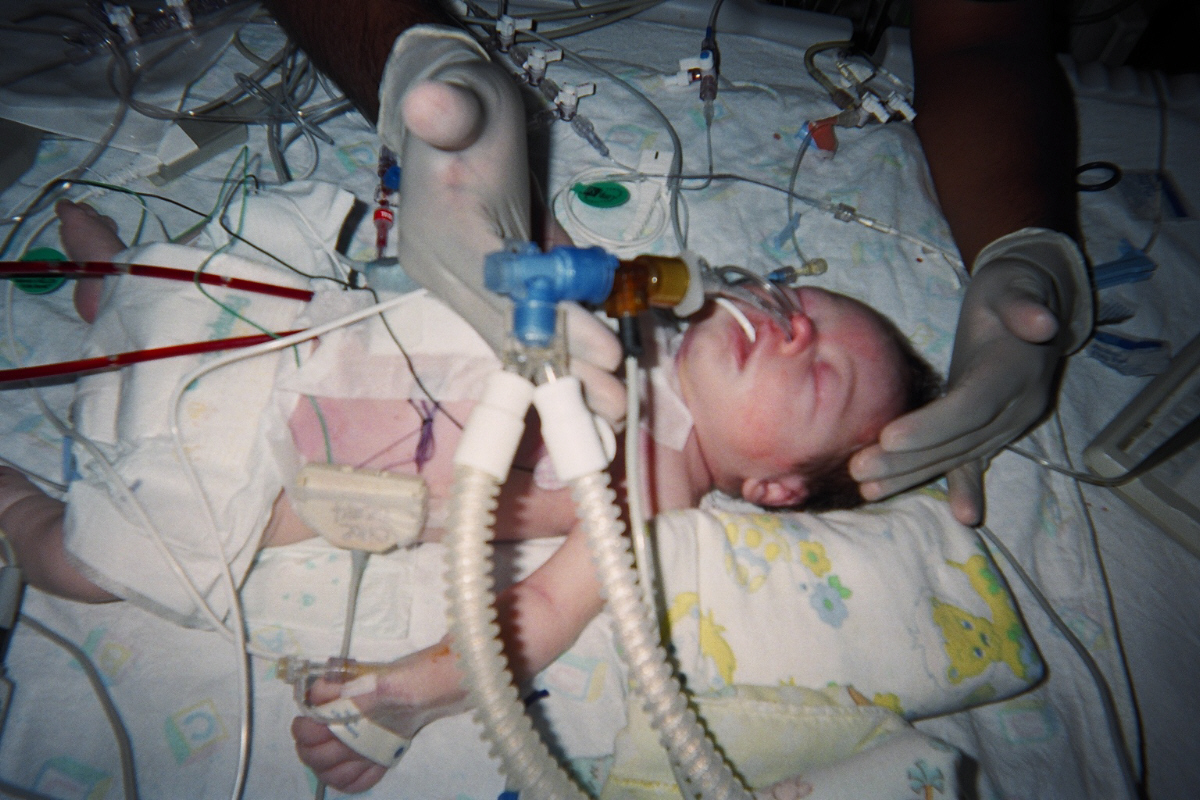Dextro-transposition of the great arteries corrective surgery
|
Dextro-transposition of the great arteries/complete transposition of the great arteries Microchapters |
|
Differentiating dextro-transposition of the great arteries from other Diseases |
|---|
|
Diagnosis |
|
Transposition of the great vessels Microchapters |
|
Classification |
|---|
|
Differentiating Transposition of the great vessels from other Diseases |
|
Diagnosis |
|
Treatment |
|
Surgery |
|
Case Studies |
|
Dextro-transposition of the great arteries corrective surgery On the Web |
|
American Roentgen Ray Society Images of Dextro-transposition of the great arteries corrective surgery |
|
FDA on Dextro-transposition of the great arteries corrective surgery |
|
CDC on Dextro-transposition of the great arteries corrective surgery |
|
Dextro-transposition of the great arteries corrective surgery in the news |
|
Blogs on Dextro-transposition of the great arteries corrective surgery |
|
Risk calculators and risk factors for Dextro-transposition of the great arteries corrective surgery |
Editor-In-Chief: C. Michael Gibson, M.S., M.D. [1]; Associate Editor(s)-In-Chief: Priyamvada Singh, M.B.B.S. [2]; Cafer Zorkun, M.D., Ph.D. [3]; Keri Shafer, M.D. [4]; Assistant Editor(s)-In-Chief: Kristin Feeney, B.S. [5]
Overview
Recent advances in surgical correction of transposition of the great arteries have reduced the mortality drastically from 95% in uncorrected patients to 5% in corrected patients[1].
<youtube v=sqfMNwEagWw/>

Corrective Surgery
Arterial switch operations (ASO) are now-days preferred over Atrial switch procedures (Mustard and Senning Operations) because of the following reasons-
- Arterial switch procedure are comparatively easier to perform
- ASO have similar survival benefits compared to atrial switch procedure
- Decreased risk of complications like arrhythmias and heart failure in ASO compared to atrial switch procedures
- Decreased peri-operative mortality in ASO compared to atrial switch procedures
Salient features of surgery are
- It is best to perform the ASO as early as possible in the children. Most infants undergo definitive repair within the first 2 weeks of life.
- The type of surgical procedure done depends on the type of lesion the child has i.e. simple or complex transposition of the great arteries.
- The general rules that are followed are-
- Simple D-TGA (D-TGA without any associated lesion)- Arterial switch operation (ASO).
- D-TGA plus ventricular septal defect-Arterial switch operation (ASO) and VSD closure.
- D-TGA plus large VSD plus pulmonary stenosis - Rastelli procedure
Arterial switch or Jatene Operation
Atrial switch repair
Rastelli operation
- Done for patients with TGA, VSD, and pulmonary outflow tract obstruction.
- It depends on appropriate VSD anatomy (large and subaortic) because then it will be used as part of the left ventricular outflow tract (LVOT), involving placement of a baffle within the RV to direct blood flow from the VSD to the aorta. A conduit is inserted between the RV and the pulmonary artery, which is stitched.
- Advantage- Left Ventricle becomes the systemic ventricle
- Disadvantage- The conduit will likely need to be replaced several times during the patient's life.
- The appropriate age for this operation is still debated, due to the higher risk with the early repair.
- The younger the patient the smaller the conduit, needing earlier reoperation.
References
- ↑ Hutter PA, Kreb DL, Mantel SF, Hitchcock JF, Meijboom EJ, Bennink GB (2002). "Twenty-five years' experience with the arterial switch operation". J Thorac Cardiovasc Surg. 124 (4): 790–7. PMID 12324738.
Acknowledgements and Initial Contributors to Page
Leida Perez, M.D.
External links
- Diagram at kumc.edu
- Diagram and description at umich.edu
- Overview at pediheart.org
- Royal Children's Hospital, Melbourne
- Mayo Clinic, Arizona - Florida - Minnesota, USA